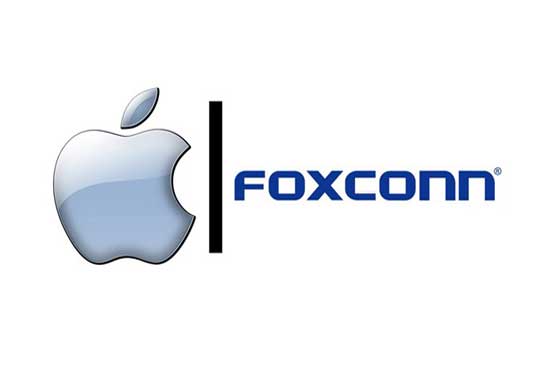 4641
4641
 2016-12-09
2016-12-09
Foxconn Technology Group, the biggest assembler of Apple Inc. devices, is in preliminary discussions to make an investment that would expand the company’s U.S. operations.
The disclosure came hours after an announcement by U.S. President-elect Donald Trump and SoftBank Group Corp.’s Masayoshi Son to invest $50 billion in the U.S. and create 50,000 jobs. The money will come from SoftBank’s $100 billion technology fund, which was announced in October, a person familiar with the matter said. A document that Son held up after the meeting in Trump Tower also included the words “Foxconn,” “$7 billion” and “50,000 new jobs” alongside SoftBank’s numbers.
“While the scope of the potential investment has not been determined, we will announce the details of any plans following the completion of direct discussions between our leadership and the relevant U.S. officials,” Foxconn said in a statement. “Those plans would be made based on mutually-agreed terms.”
Foxconn gave no further details. The Taiwan-based manufacturer assembles iPhones, iPads and other Apple hardware outside the U.S., in addition to computers and appliances for other global brands. Trump has publicly called for Apple to move production back to the U.S. to create jobs. Most of Foxconn’s assembly force is currently in China.

“Moving manufacturing is difficult and complicated,” said Bill Tsai, an analyst at Mega International Investment Services Corp., citing the need to find labor and build a supply chain.
The components of an entry-level iPhone 7, which sells for $649, cost $224.80. Assembling those parts into a finished product, mostly in China, costs about $10 now, Jason Dedrick, a professor at Syracuse University, estimates. Doing that work in the U.S. would add $30 to $40, he reckons.
That’s partly due to the price of labor. In manufacturing, hourly compensation per employee in the U.S. was almost 10 times more than in China in 2013, according to The Conference Board.
Foxconn Chairman Terry Gou "is a very shrewd businessperson and given the current climate and the president-elect it would certainly make sense to discuss bringing manufacturing to the U.S.," said Colin Gillis, an analyst at BGC Partners.
The work would likely be lower-wage assembly, rather than high-tech component manufacturing, and Foxconn would probably use robots to make any factory more efficient, as it has already done in China, Gillis added.
"Would they have capacity to build every iPhone here? Probably not," the analyst said.
A Foxconn agreement in 2011 to make iPhones in Brazil mostly created low-skill assembly work and a fraction of the 100,000 jobs that the country’s government projected.
Source: bloomberg